Ex Libris

My interest in ex libris goes back to the early thirties. While still in high school, I had an opportunity to view a collection of bookplates, compiled by Pavlo Kovzhun, a noted Ukrainian graphic artist. Under the influence of this collection, I proceeded to try designing several ex libris. But the first one that was used was one I created in 1942, when I was a student at the Academy of Fine Arts in Zagreb, I was commissioned by an architect and his wife to design their bookplates. Both were nature lovers and avid readers, so I decided to create an ex libris that reflected their interests.
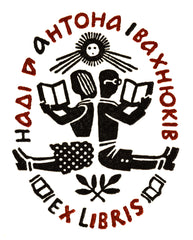
Toward the end of the fifties, I felt it was futile to attempt to give pictorial representation of a wide range of interests, since the surface area of the bookplate was so small. I started using type as a design element. I used the same simplified approach for book cover design, designing covers with hand drawn decorative abstract type.
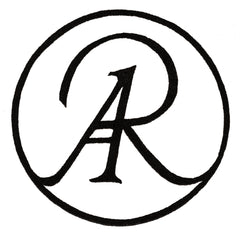
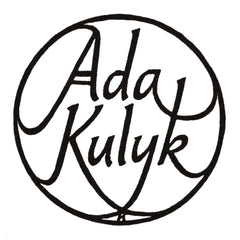
Not all of my bookplates after 1959 reflected this stylized approach. As with all extremes this approach has its limitations. An artist should formulate his observations in such a manner, that they will not create a distorted or limited image of the bookplate owner, but hint at the collector's interests.
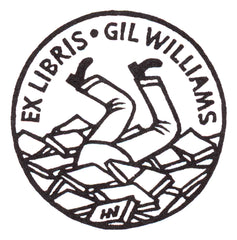
This is also my approach to book illustration. An artist should not interpret the text. A book illustrator should merely suggest. I followed this principle when I was commissioned to illustrate the poems of John Keats, Samuel Taylor Coleridge, Robert Frost, Thomas Hardy, Aleksis Rannit, and William J. Smith.
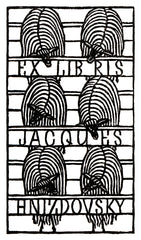
Ex Libris may be small in size, but they are not a small art form.
Jacques Hnizdovsky
